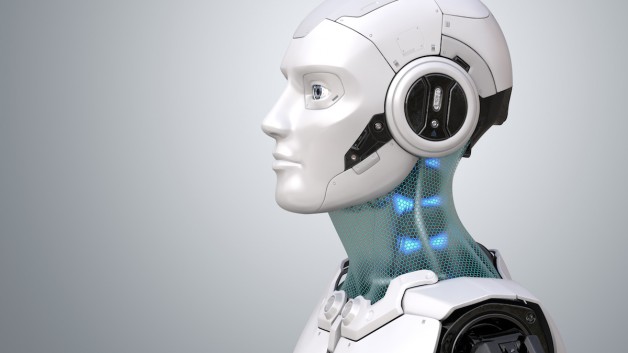By: Venky Ananth
Source: LiveMint.com
One of the tools that can leverage AI to free up more of healthcare providers’ time to offer care to more patients, is the electronic healthcare record (EMR).
Stacy, who has been struggling with chronic arm pain, is reluctant to meet her physician as she doesn’t have the time to visit him. So, she uses a smartphone app that can diagnose her issue quickly. Within minutes of chatting with a virtual assistant, her medical history and current discomforts are recorded and she is virtually connected to a physician. During her consultation, the physician recommends a scan, for which the app suggests a nearby hospital (covered by her healthcare provider). As the app has all her details, it gives her the option to securely share it with the hospital, where only authorized personnel can access it. At the hospital, Stacy enquires about the accuracy of her report. Her physician assures her that they use AI-based software/algorithm that’s free of bias or human error, to analyze reports. Stacy is relieved – both with her diagnosis and the technology the hospital uses.
What we see here is an instance of how AI and AI-enabled tools make the lives of patients like Stacy, easier and more convenient. In this case, AI not only provided a seamless, human-like intuitive conversational interface, but also detected hospitals covered by her healthcare provider, connected her to the right physician and made an accurate diagnosis. In fact, it’s not just patients who are set to benefit from AI. Many healthcare organizations are parallelly using AI to reimagine healthcare. More are geared to get on the bandwagon. Proof lies in data that shows that AI is set to grow from US$ 667.1 million to about US$ 8 billion between 2016 and 2022. This is a huge leap.
Click Here to read the full article.

